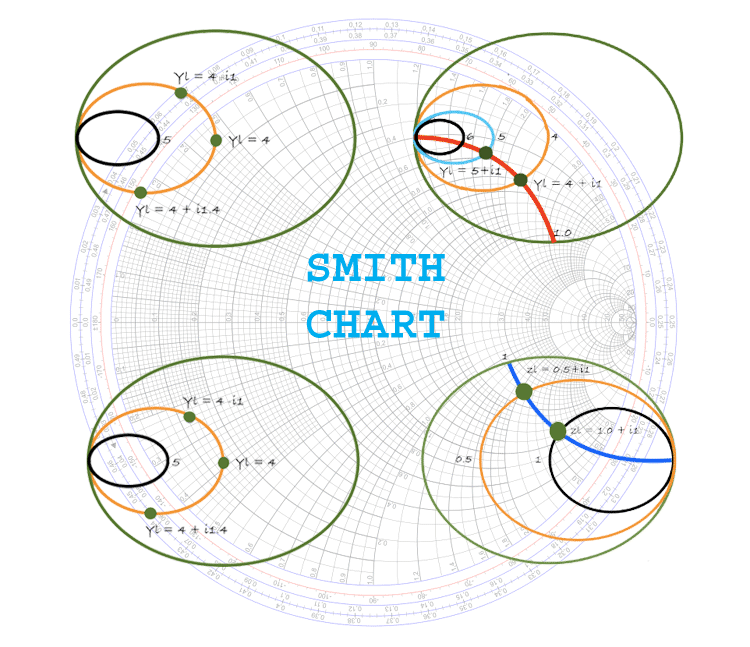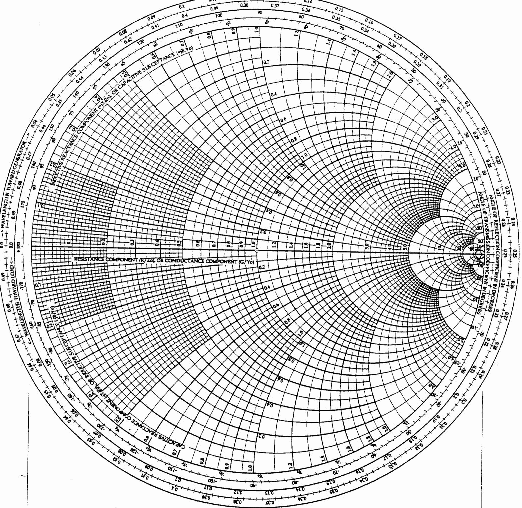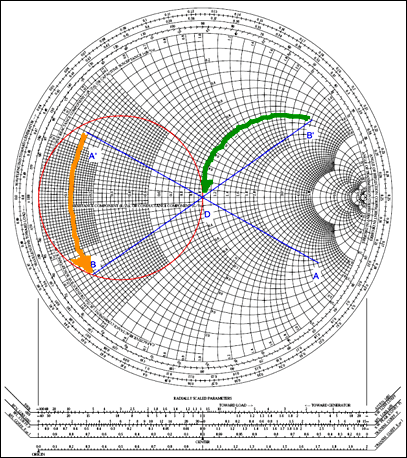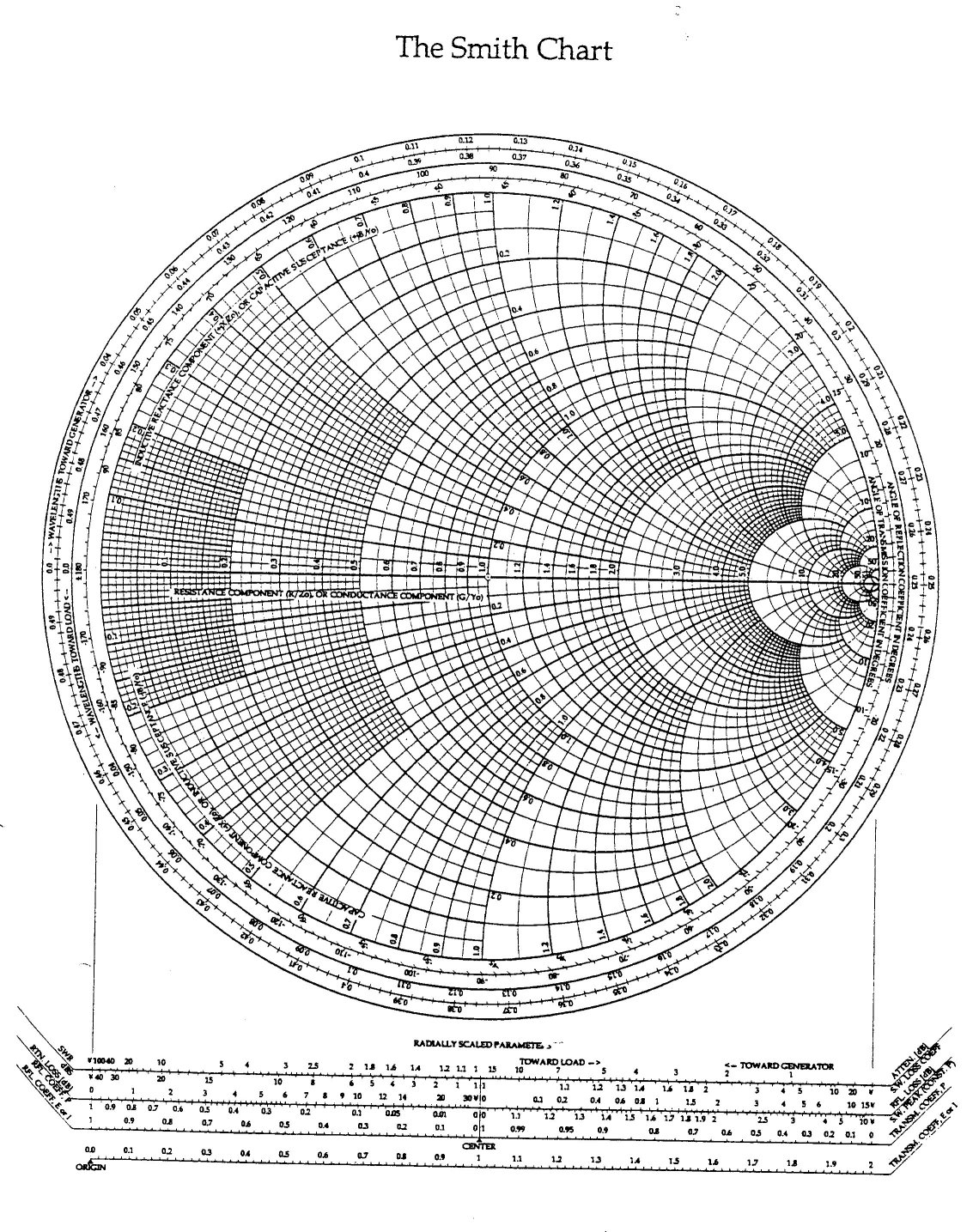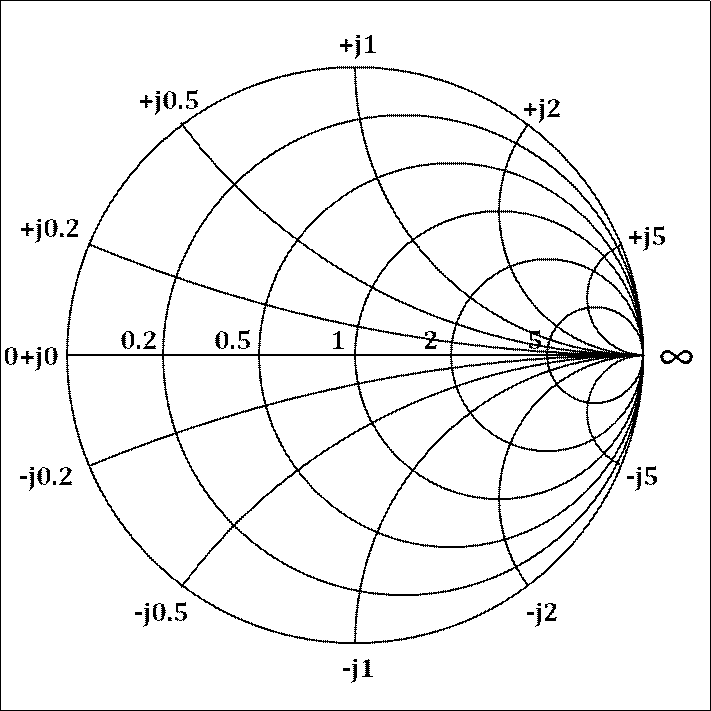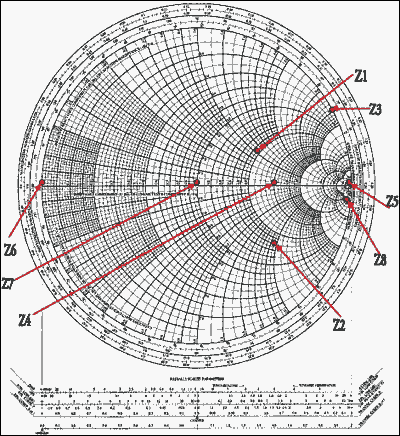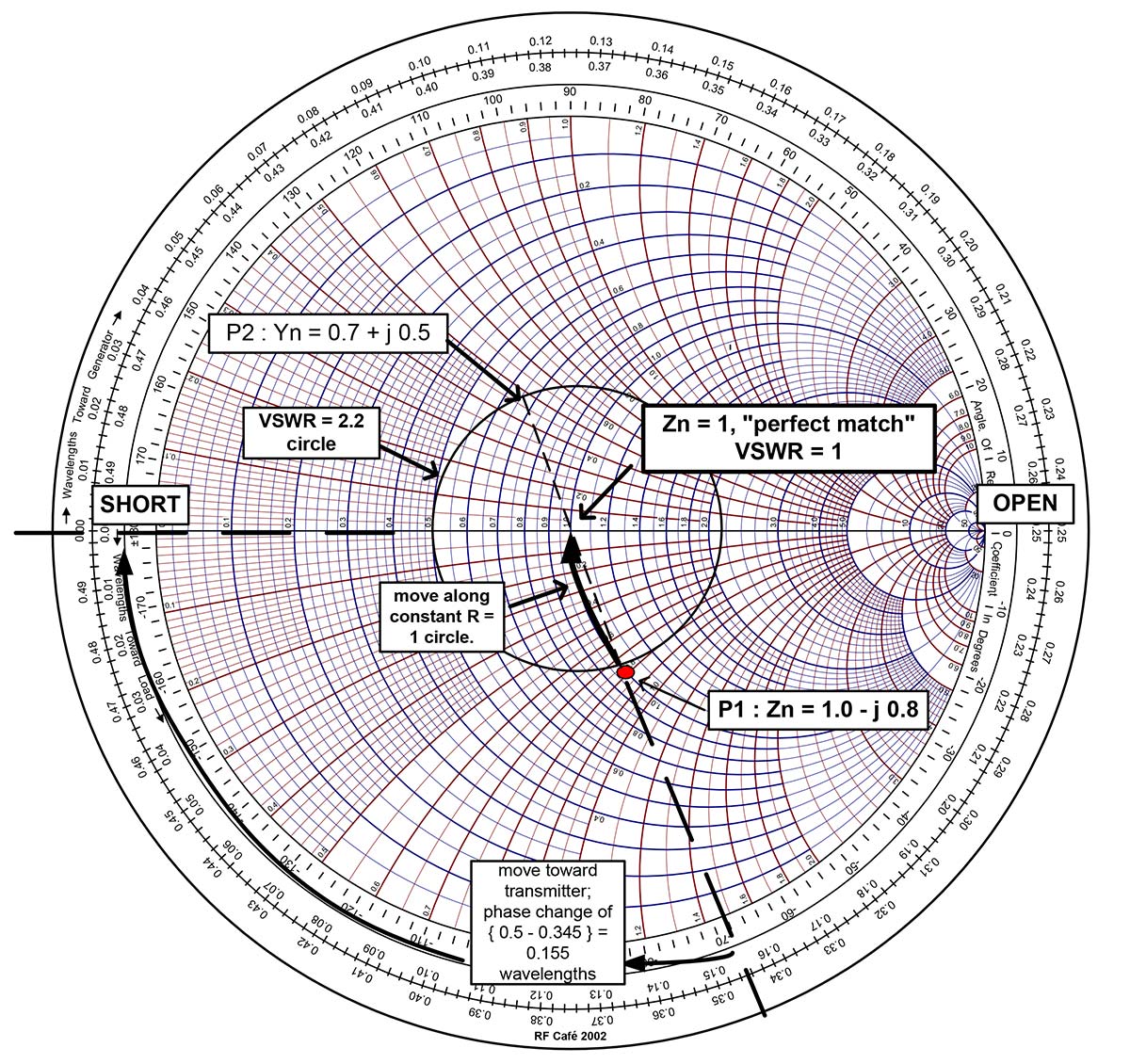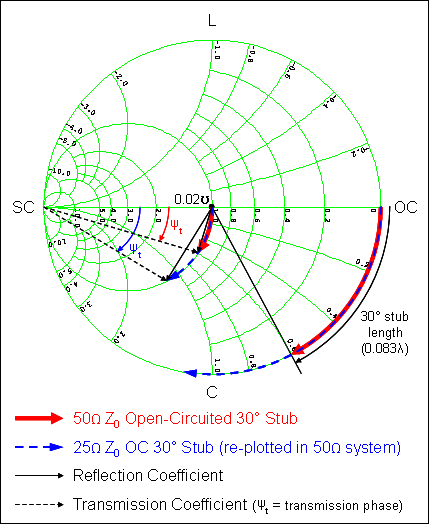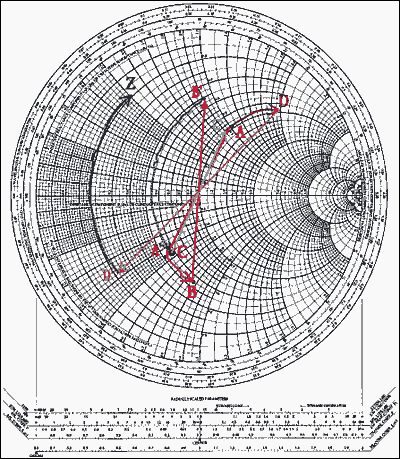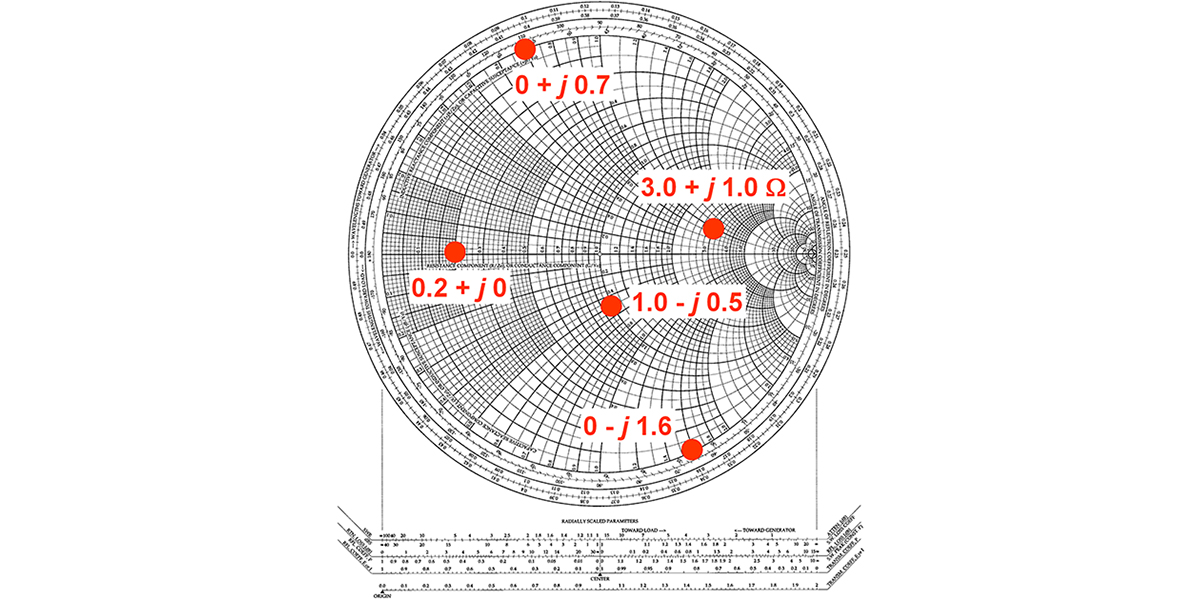How To Use Smith Chart
The Smith Chart is a fantastic tool for visualizing the impedance of a transmission line and antenna system as a function of frequency.
How to use smith chart. Method 1 First we express the load zj. The Smith chart is a polar plot of the complex reflection coefficient also called gamma and symbolized by Γ. ImpedanceMatchingUsingSmithCharts3 IntegratedCircuitsandSystemsGroupBostonUniversity Introduction Impedancematchingisthepracticeofdesigning.
Smith Charts can be used to increase understanding of transmission lines and how they behave from an impedance viewpoint. The Smith chart can be used to simultaneously display multiple parameters including. This video shows how you can use Microsoft PowerPoint to draw on a Smith Chart and solve problems in Microwave EngineeringPlease visit the course website t.
Now you have learned all basics of Smith chart and you know the chart is consisted of 3 very basic parameters Γ z y and they can be converted among each other based on a few sophisticated equations. Complex Impedance Transformations Determining VSWR RL and much more Transmission Line impedance transformations Matching Network Design. Y 1 y 1 Y Y0 Y Y0 1Z 1Z0 1ZZ 1 0 Z Z0 Z Z0 z 1 z 1.
Plot the impedance data on the smithplot. Lets verify the validity of this circle. Or it is defined mathematically as the 1-port scattering parameter s or s 11.
Smith and independently by Mizuhashi Tosaku is a graphical calculator or nomogram designed for electrical and electronics engineers specializing in radio frequency engineering to assist in solving problems with transmission lines and matching circuits. Gamma2 z2gamma z2z0. The Moebius transform that generates the Smith chart provides also a mapping of the complex admittance plane Y 1 Z or normalized y 1 z into the same chart.
Smith Charts are also extremely helpful for impedance matching as we will see. Gamma1 z2gamma z1z0. To start working with a Smith chart for impedance matching we need to normalize our load component that requires impedance matching to the desired system impedance.
Here are links to all threeSmith Chart Basics Part 1. Z1 0150 1j 0250. Centered at the origin draw a circle with radius of 033 then its the circle.
Reading Impedance From a Smith Chart. 2172010 Example Admittance Calculations with the Smith Chart 29 Jim Stiles The Univ. Z2 0250 - 0650j.
We can calculate this complex valueor we can use a Smith Chart. Find the r20 circle in the Smith chart. Locate the cross point of this r circle with coordinate and we find its 033.
This example shows how to plot impedance data on a smithplot. Since point 0330 is on this circle. The Smith Chart is used to display.
The system impedance might be a 50 Ohm. Of EECS There are two ways to determine this value. Convert impedance data to reflection coefficient.
A Smith chart is developed by examining the load where the impedance must be matched. The Smith chart invented by Phillip H. The Smith Chart is a fantastic tool for visualizing the impedance of a transmission line and antenna system as a function of frequency.
Smith Charts are also extremely helpful for impedance matching as we will see. With any one of these 3 parameters given you can read the other 2 in the chart simultaneously with a very reasonable accuracy. However some commercial applications and simulation tools will display impedance data in a Smith chart.
This video is the first in a series of three videos on Smith Chart Basics. Smith Charts can be used to increase understanding of transmission lines and how they behave from an impedance viewpoint. The Smith Chart is a highly useful tool.



